16 Things to Do During Summer in Tokyo to Escape the Heat (2025 Guide)
For most people, summer in Tokyo means one of two things: staying cool indoors with the AC on full blast, or embracing the heat and heading to the beach. Maybe you’re weighing all your options before planning your trip to Japan, or perhaps you’re preparing to live like a local while studying abroad.
Whether you’re visiting to explore Japan’s capital or to study Japanese, Tokyo has plenty to offer in the summertime. But what do you need to prepare? Where should you go? From hidden spots locals love to must-see matsuri (festivals), here are the best ways to make the most of summer in Tokyo!
Summer in Tokyo can be an exciting time for travelers who want to see Japan at its most festive. This season is when you can see celebrations such as hanabi taikai (fireworks festivals), Bon Odori (summer dance festivals), and Tanabata (Star Festival). It’s also the perfect time to enjoy refreshing seasonal treats like kakigori (shaved ice) and cold noodles.
Another advantage of summer in Japan is the longer daylight hours, giving you more time to explore the city. At its peak, sunset can happen as late as 6:30 pm!
Summer in Japan typically spans from June to August. Keep in mind that if you are travelling to Japan in June, this is also when the country enters tsuyu — the Japanese rainy season. Expect sudden showers, intermittent sunny days, and occasional downpours that can last for hours.
By July, the rains subside and the real summer heat kicks in. If you’re looking for a more beach-friendly climate, consider visiting Okinawa during spring or autumn. For cooler, more comfortable summer weather, destinations in northern Japan like Hokkaido or Tohoku offer a refreshing escape from the capital’s heat.
To best prepare for the weather, learn all about the tsuyu season here.
Summer in Tokyo is famously hot and humid, especially during July and August. Daytime temperatures typically range from , but the high humidity often makes it feel even hotter. The heat usually peaks in August, when Tokyo experiences its most intense temperatures.
In recent years, Japan has faced record-breaking heat waves, leading to many residents suffering from severe heat-related illnesses. We recommend staying hydrated and taking precautions when spending time outdoors during this period.
| June | 28°C (82°F) | 20°C (68°F) |
| July | 31°C (88°F) | 24°C (75°F) |
| August | 33°C (91°F) | 25°C (77°F) |
Before you visit Tokyo this summer, make sure you’ve picked up some basic summer-related Japanese vocabulary!

: Mid June
: Hakusan Park, Hakusan, Bunkyo-ku
Flower spotting is one of the most popular summer activities you can do in Japan. With Tokyo’s rainy season taking place from June to mid-July, hydrangeas will be in full bloom to see.
Stretching from Hakusan Shrine to Hakusan Park, visitors can see over 3,000 unique and vibrant hydrangeas free of admission. The event features a hydrangea concert, a mikoshi (portable shrine) procession, and a wide variety of craft and food stalls.
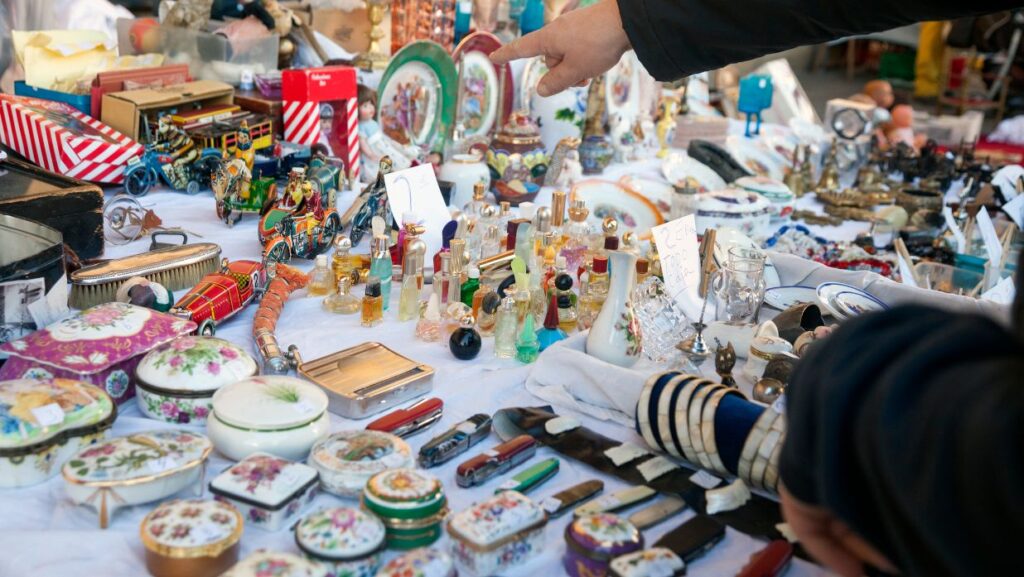
: June – August
: Oi Racecourse , Tokyo City Flea Market
Taking home souvenirs from the trip is the best part; why not find them for a better price? As one of Tokyo’s biggest and most popular flea markets, the Ohio Racecourse Flea Market takes place (almost) every weekend and features over 600 vendors. There you can find antiques, jewelry, clothing, household items, and more for great prices. Hungry after all your searching? There are also food trucks to enjoy! It takes place from 9:00 am to 2:30 pm. Entry is free, but don’t forget to bring cash to buy some cool items!
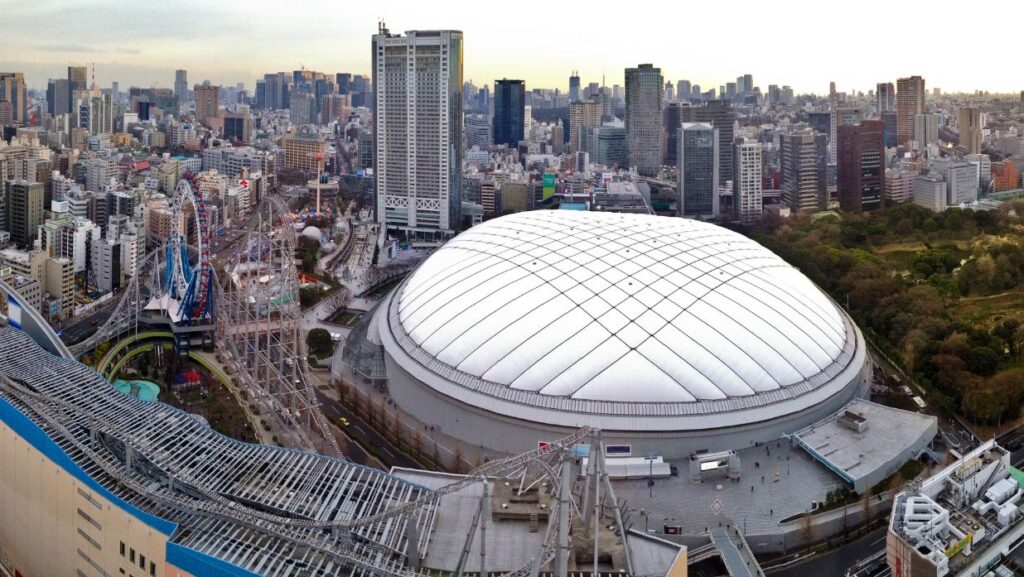
: March – October
: Tokyo Dome
Most people know about sumo wrestling in Japan, but don’t you want to know where the locals go? Summer in Tokyo happens to coincide with the height of Japan’s professional baseball season, known as Nippon Professional Baseball (NPB), which runs from March to October.
If you happen to be in Tokyo, visit Tokyo Dome, the home stadium to the Yomiuri Giants, and watch some Japanese baseball! You can catch a game and choose a team to root for while fans roar all around you. You might be surprised by the different rules and atmosphere baseball is able to bring to Japan! Who knows, maybe you’ll get an Iori Yamasaki autographed ball!
If you’re interested in learning more, check out: 5 Things to Know About Watching Baseball in Japan.
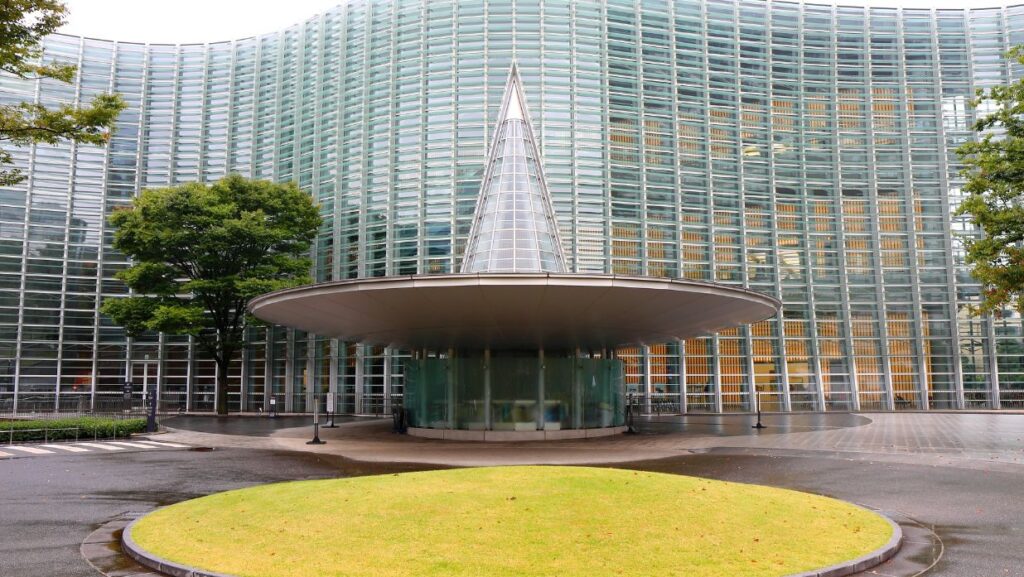
: Anytime
: Ueno Park, Ueno
If you’re looking for a slower-paced activity, look no further than Ueno Park. Located in Taito City, this area is home to a wide variety of museums, such as the Tokyo National Museum and National Museum for Western Art. You can also find ponds and greenery to take pictures of, and a zoo to explore.
Ueno Park is especially popular in the spring, as nearly half of the area is lined with cherry blossom trees. During peak hanami (cherry blossom viewing) season, people gather under the pink canopy of blossoms, unrolling picnic mats and enjoying seasonal snacks and a cold beer in hand.
Stay on the lookout for expos going on in the area where you can try new cuisine and listen to music!
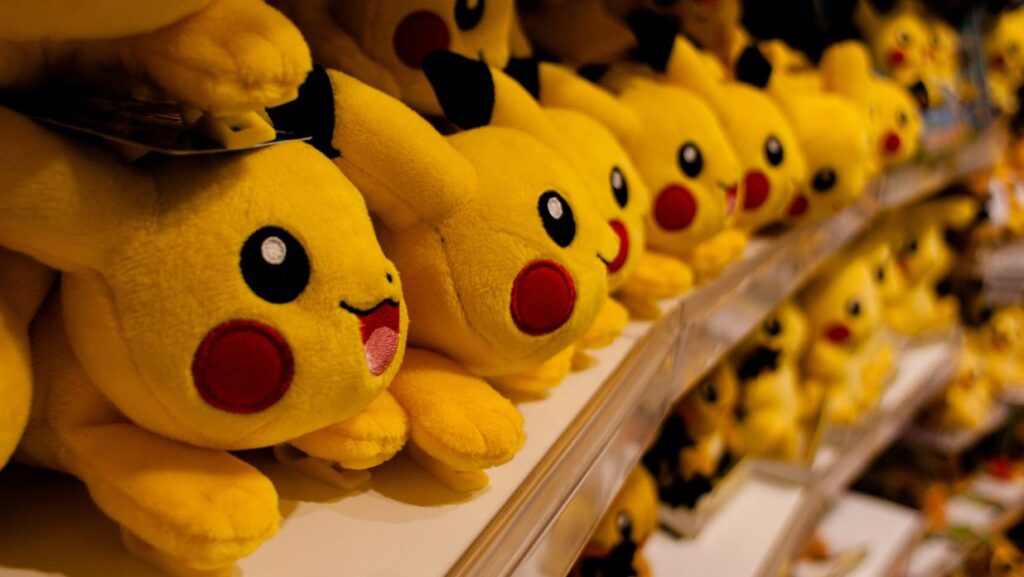
: Anytime (business hours is 10:30 am – 9 pm)
: Pokemon Center TOKYO DX & Pokemon Cafe
If you’re a Pokemon fan — or traveling with friends who are die-hard enthusiasts — you probably need to bring home a piece of Pokemon magic from Japan. If you prefer to be indoors during summer in Tokyo, take a look around at all of their unique locations or even grab a bite at the Pokémon cafe in Nihonbashi!
The Pokemon Center Tokyo DX is a must-visit for fans, offering everything from game software and trading cards to a wide range of exclusive merchandise you won’t find anywhere else. After shopping, head next door to the Pokemon Cafe, where you can enjoy themed dishes like Pikachu curry and sip on lattes decorated with Pokemon art of your choice!
Note that reservations are required in advance for the Pokemon Cafe.
Love Pokemon? Read our guide on: How to Say Pokemon in Japanese!
: Until 2027
: teamLab Planets TOKYO, Toyosu, Koto-ku, Tokyo
If you’ve seen any of the hype on TikTok, just know teamLabs is worth it.
If you don’t know what teamLabs is, it’s a continuously changing, interactive museum of artwork that allows viewers to immerse themselves physically in the spaces and become one with the art.
The museum features several multisensory exhibitions, including rooms where visitors walk barefoot through shallow water, interact with responsive digital installations, and immerse themselves in large-scale artwork spaces.
Located in Toyosu, their location is only about a 20-minute walk from Tokyo Tower as well. Get ready to take some beautiful pictures and get your feet wet!
: Anytime
: Harajuku, Shibuya
The feline name may be misleading about what’s in store, but don’t think you’ll be disappointed by what’s there. Also known as “Old Shibuya River Pedestrian Lane,” this street has become known for its culture enthusiasts, cafes, and unique shopping experiences catering to all budgets and styles. This neighborhood is the center of Japan’s kawaii fashion, famously represented by Harajuku girls: young women in colorful, cute, and creative outfits strolling through Harajuku.
The cafes are perfect for people-watching and soaking in the street’s energy. Make sure to also try Harajuku crepes at Marion Crêpes!
Explore More: 5 Things to Do in Takeshita Street
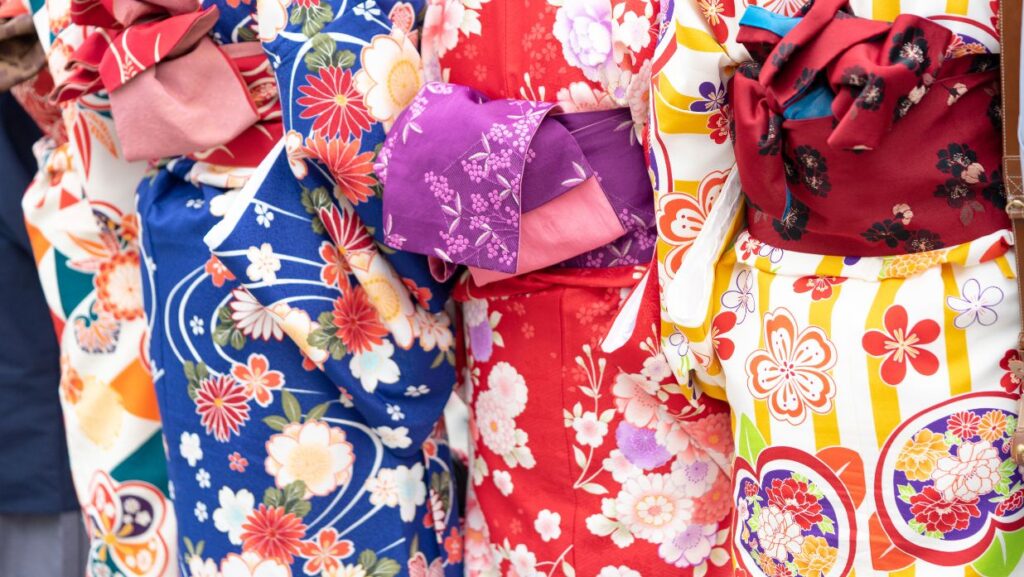
: Anytime
: Sensoji Temple, Asakusa
Asakusa is a popular sightseeing destination for tourists due to its traditional temples and yummy street food. When you’re in the area, you can’t walk far without seeing others in yukata. Shops nearby offer various types of yukatas and kimonos you can rent from, some even including hair-styling services and getas! Take some pictures around the area and feel fully immersed in the culture while looking beautiful!
Note: Make sure you are choosing yukata, not kimono. Kimono are thicker and layered, which can make walking around Asakusa in the summer quite dreadful.
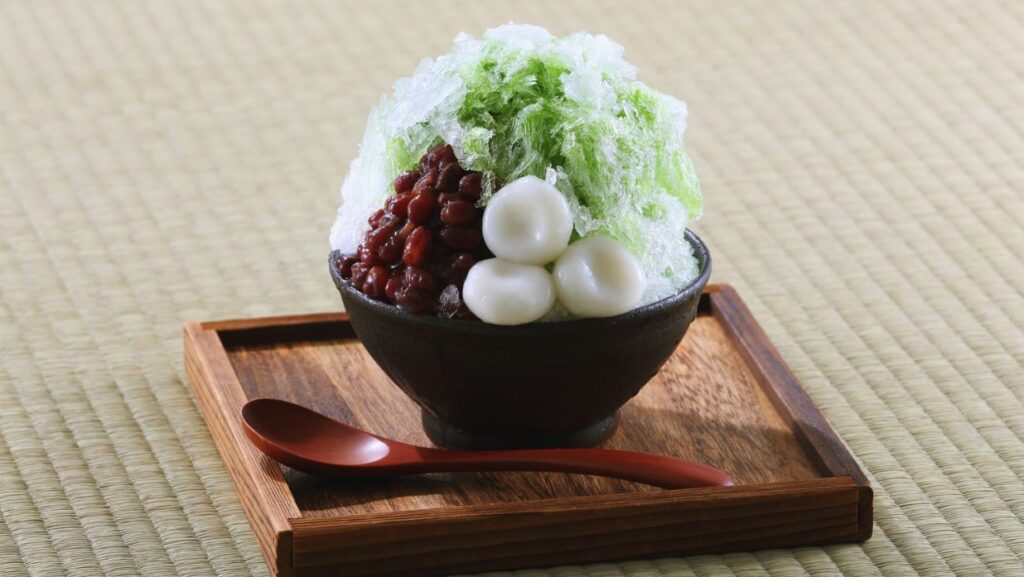
: Anytime
: Summer festivals or cafes
Shaved ice, also known as kakigori, is a popular street food in Japan. With its popular fruit and Japanese flavors, the presentations can get quite big. Add some Ichigo Milk (Japanese strawberry milk) to it, and you’re in for a taste of heaven. Get ready to try new flavors like purple sweet potato and matcha!
You can usually find kakigōri (shaved ice) at Japanese summer festivals or fireworks events, sold from stalls alongside vendors offering takoyaki (octopus balls). Tokyo also has kakigori specialty cafes that serve seasonal, limited-time flavors.
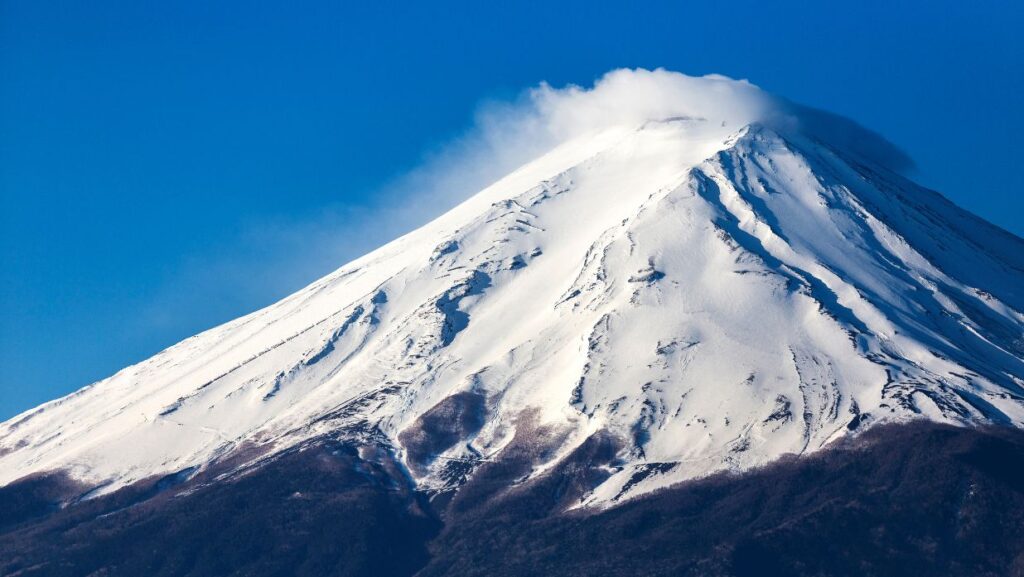
: early July to mid-September
: Mt. Fuji
Mt. Fuji, also known as Fuji-san (富士山), is a national symbol of Japan. Standing at 3,776 meters tall, the mountain has been regarded as sacred for its historical and cultural significance.
Though it may seem counterintuitive, summer is actually the best time to climb Mt. Fuji. During this season, the mountain is free of snow, and the weather is relatively mild. The official climbing season is short, lasting only from early July to mid-September.
Starting in 2025, the hiking fee for Mount Fuji will increase to 4,000 yen per person on all four official trails. The country will now also limit the number of hikers to its most popular trail, the Yoshida Trail.
Remember that Mt. Fuji is not a beginner-friendly climb! It can take anywhere between 4 to 8 hours to climb Mt. Fuji. Most hikers opt to stay in a mountain hut to rest through the best part of the night and to continue their hike in the early hours of the morning. You will also have to reserve ahead of time.
If you are ready to take on Mt. Fuji, we encourage you to read more here: Guide to Climbing Mt. Fuji for Foreigners.
: Early June – mid-July
: Ebisu Garden Place, Ebisu, Shibuya
From early June to mid-July, guests are welcomed to this free outdoor cinema experience at Ebisu Garden Place. Many food vendors nearby will have special deals going on for spectators to enjoy at their picnic. Pick this for your next weekend date night!
Read More: Cheap or Free Things You Can Do in Tokyo

: Anytime (opening hour varies)
: Akiruno, Tokyo
What says “summer in Tokyo” better than putting on your swimsuit, slathering on sunscreen, and heading to one of the city’s largest water parks?
Let your inner child run free at Tokyo Summerland with lazy rivers (the longest one in Japan!), water slides, and indoor pools to pick from. Swimmers of all levels are welcome to come to take a splash and float around. They say if you can get through the arch-shaped water fountain without getting wet, you will be granted a lifetime of fun and happiness. Best of luck running!
Tokyo Summerland is located in Akiruno, west of Tokyo. It is around 70 minutes from Shinjuku Station.
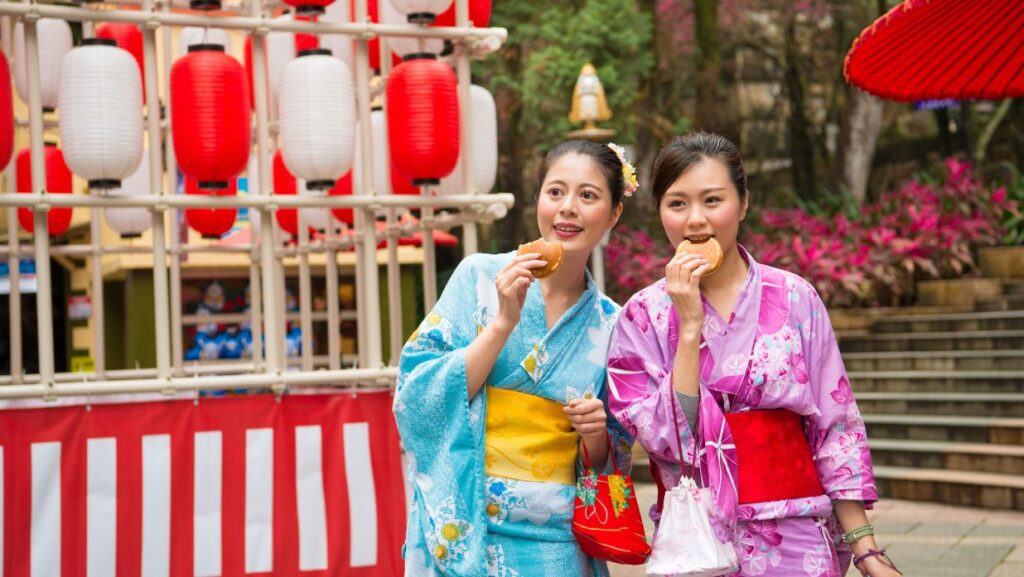
: June – August
: All around Tokyo
Festivals, or matsuri (祭り), in Japan are known for their vibrant energy, color, and music. These festivals, no matter what area of Japan you are in, offer a glimpse into the lively culture and history of the area. Most of them will be free to view and participate in, but some may have a small fee for exclusive areas. Check one (or a few) out this summer!
For a more immersive experience, be sure to visit the matsuri wearing a yukata! You’ll often see Japanese couples enjoying the festival dressed up as well.
For more information about summer festivals, check out our blog post: Summer Festival in Japan.
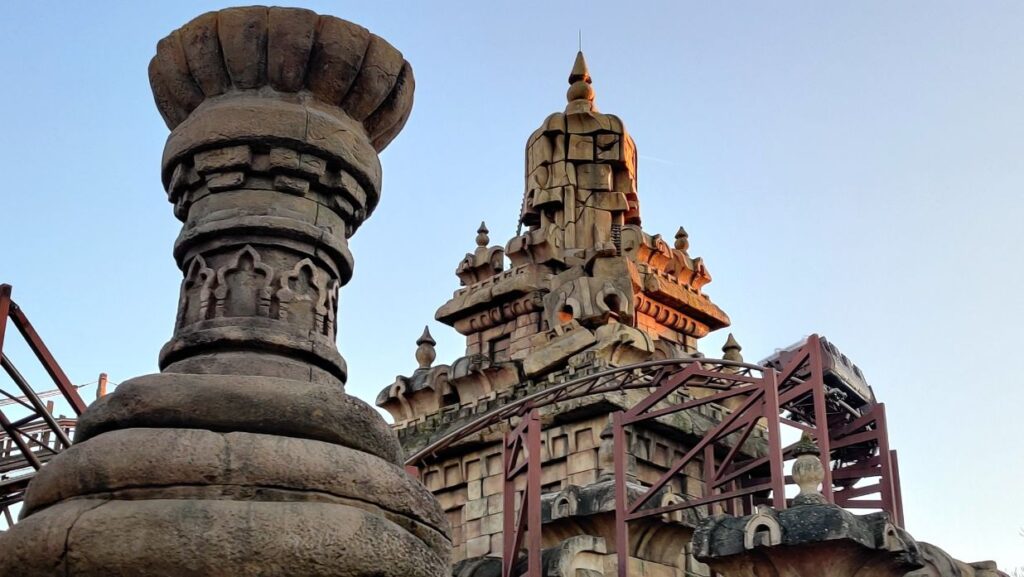
: Anytime
: All around Tokyo
Are you ready to be a kid again at Tokyo Disney’s park? Get a taste of home with rides like Space Mountain and the Haunted Mansion, or visit DisneySea for a whole new world of joy! No matter which you pick (or make time for both!), be sure to try the green alien mochi and the churros! Have the best time at the greatest place on Earth.
Make sure to buy your Tokyo Disneyland tickets ahead of time! And don’t forget: Tokyo Disneyland, DisneySea, and Tokyo Disney Resort are all separate places.
Disneyland Tokyo is most similar to the Disney theme parks located in California and Florida, while DisneySea focuses on sea exploration inspired by different regions of the world. For first-time Disney explorers, it is recommended to go to Disneyland as it is more family-friendly and considered to have more “Disney Magic”, while DisneySea has an adventure-like tone often seen to be more suitable for older age groups.
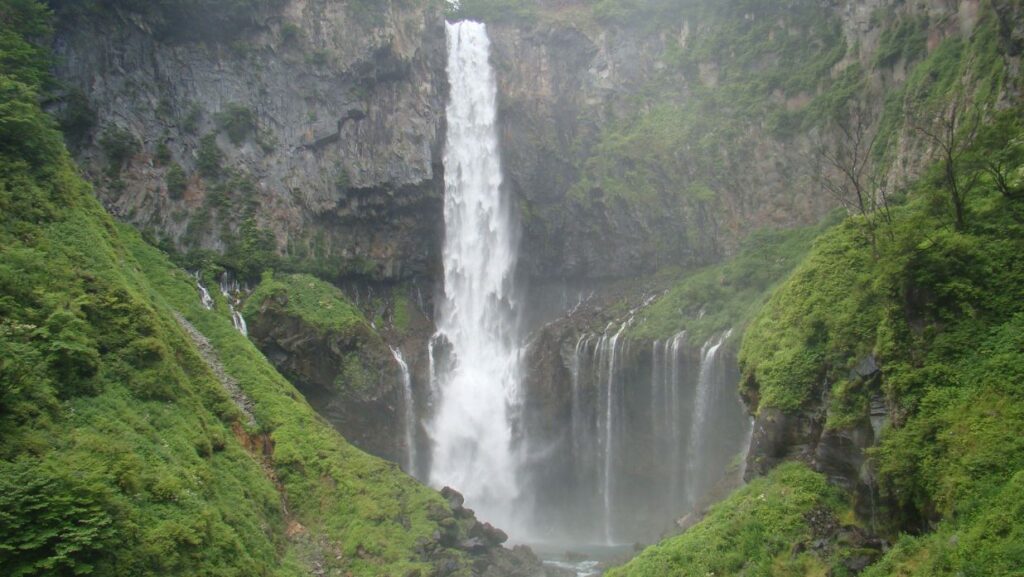
: Anytime
: Okutama region
One of the best ways to beat the summer heat in Tokyo is by taking a day (or weekend) trip out to Okutama, way out west of the city. It’s known for its stunning natural scenery, including the 40-meter-tall Hyakuhirono Waterfall nestled in a lush forest.
Getting there takes a bit of effort. You’ll need to hike about an hour to reach the waterfall, but it’s definitely worth it. While you’re in the area, don’t miss the views from Hatonosu Gorge or the Nippara Limestone Caves.
If you want something a bit closer, check out Akigawa Valley in Akiruno. The clear Akigawa River running through the valley is perfect for swimming or just wading to cool off.
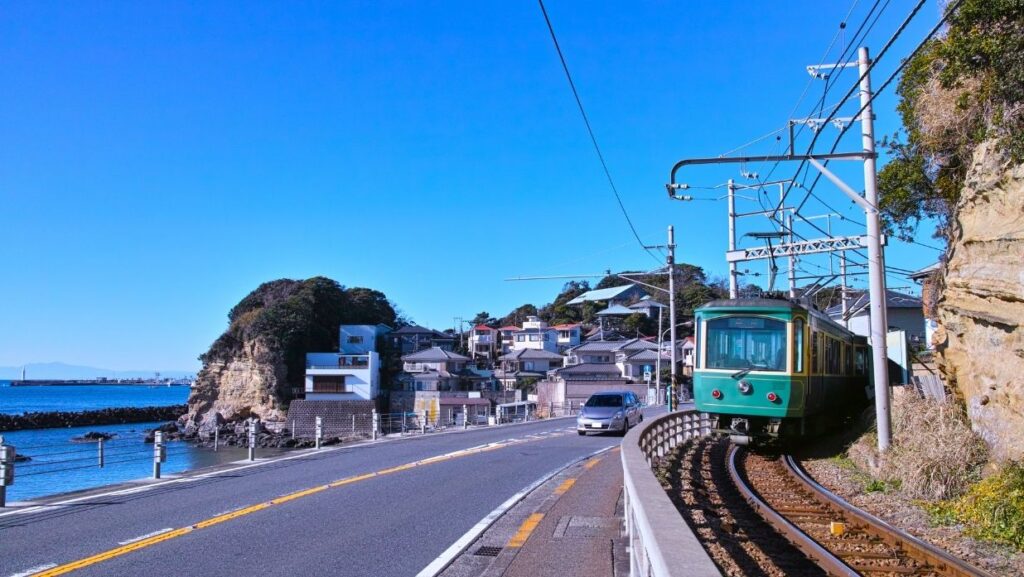
When the summer heat hits Tokyo, many people escape to Kamakura to enjoy its beautiful public beaches. During the summer holidays, temporary beach huts and rental shops pop up along the coast. Facilities like toilets and outdoor showers are also available, though they often close by 5 or 6 pm.
You can also surf in kamakura. While Kamakura’s waves aren’t as big as those in Shikoku, its proximity — just an hour from Tokyo — makes it a popular spot for beginner and novice surfers.
Nearby Enoshima, a smaller island with historic charm, is also worth a visit. You can rent a car to get to Kamakura, or take the scenic Romance Car train for a relaxing ride.
The best way to fully enjoy Tokyo is by diving into its culture and language. At Coto Academy, we offer flexible short-term Japanese lessons designed just for travelers like you. Connect with locals, unlock new experiences, and make the most of your time in the city. Ready to learn Japanese while exploring Tokyo?
Want to study Japanese with us?
Want to experience all four seasons and live in Japan for a whole year instead? Study at a Japanese language school in Japan with our free service Coto School Finder!
Mount Fuji is closed to hiking majority of the year, but as the temperatures rise, the mountain will open up to visitors. It is recommended to climb Mount Fuji anywhere from Mid-July to late September.
Tokyo Disneyland is similar to the Disney parks in California and Florida, offering classic family-friendly fun and “Disney Magic.” DisneySea, on the other hand, features unique sea-themed adventures inspired by different regions and is better suited for older visitors and thrill-seekers. First-timers usually start with Disneyland.
Most are foreigner-friendly, but for tattoos, you will need to research whether or not an onsen has a cover policy, accepts tattooed guests, or prohibits them. It will vary from place to place.
While felines are not commonly seen in the area today, it is theorized that the area used to be home to many stray cats or that the area used to follow the Japanese idiom “as narrow as a cat’s forehead” due to the street’s (initially) narrow layout. Regardless of what is true or not, the name has stuck and adds to the street’s elegant charm.
Summer in Tokyo is hot and humid, with average daytime temperatures ranging from 30°C to 35°C (86°F to 95°F), especially in July and August.
The best time is after the rainy season (early July to August) when festivals and outdoor events are in full swing, but be prepared for heat and humidity.
The best time is after the rainy season (early July to August) when festivals and outdoor events are in full swing, but be prepared for heat and humidity.
Visit indoor attractions, enjoy seasonal treats like kakigori (shaved ice), or take day trips to cooler spots like Okutama or Hokkaido.












